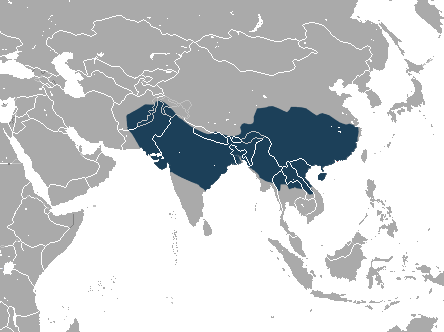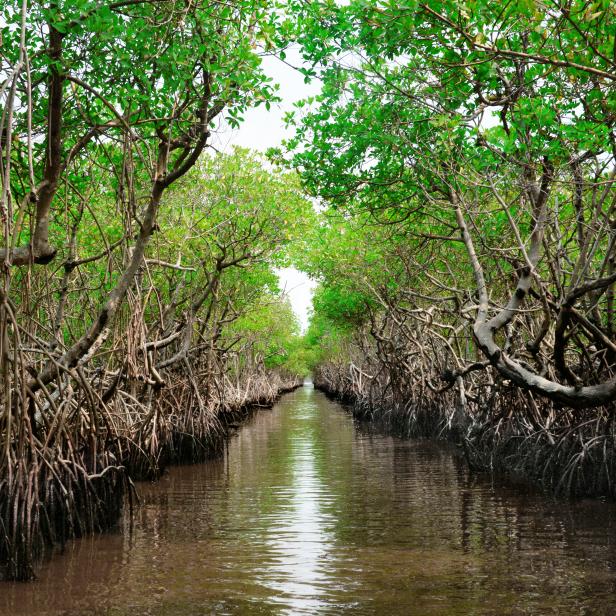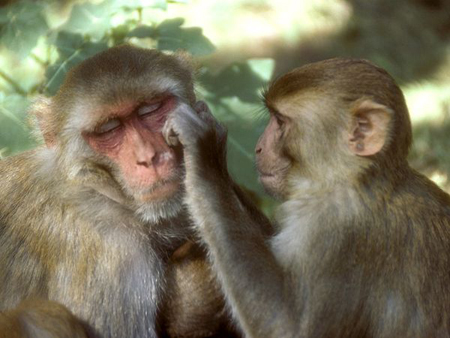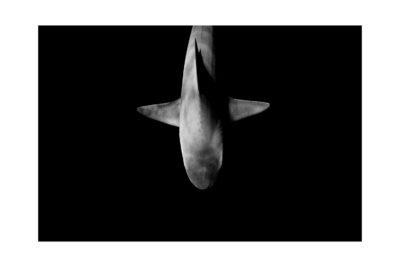| Creator | Ron Baker |
| Media Form | Photograph |
| Genre | Wildlife Photography |
| Technique | Long lense camera |
| Date and Location of Creation | 22 July 2011 |
| Publication Information | Posted on Flickr, All Rights Reserved |
| Invasive Species Represented | Rhesus Macaque |
Would you believe someone if they had just told you there were monkeys living in Florida, because I certainly didn’t. A tour guide of mine, who had previously been cracking jokes about some celebrity living in the mangrove forests of Ft. Lauderdale, decided it would also be the most appropriate time to tell us that there were monkeys in the forests too. Had he not insisted that he was serious, I would not have believed him. So when the topic of invasive species came up in this class, it reminded me of this interaction, and I decided it would be interesting to look into these monkeys to learn more about them and their lives in Florida.
Rhesus macaque, also called rhesus monkeys, typically live in parts of Asia. According to an article by Britannica, these parts are including but not limited to, Afghanistan, Thailand, India, and China. They have natural diets of fruits, seeds, roots, herbs, and insects. But due to their wide niche and ability to survive well in a multitude of habitats, they eat crops and garbage scraps due to close interactions with humans as a result of encroaching populations.

While these monkeys have native habitats in Asia, there are also populations of them in Florida, where they are considered invasive. They were introduced to an island in the Silver River in the 1930s by the manager of a glass bottom boat operation. He believed that by releasing these monkeys and calling it “Monkey Island” it would attract more tourists. Because these monkeys are efficient swimmers, they were able to swim to nearby forests and soon began to increase their populations. In 1948, the owner of Silver Springs Park released six more monkeys after seeing how much tourism the original six monkeys were bringing in. As a result, the population of monkeys began to spread, leading to upwards of 400 monkeys at times. There have been attempts at trapping these monkeys which were in turn successful, and as of 2015 the population of rhesus monkeys in the Silver Spring Park was estimated to be at about 190. While the monkeys in Silver Springs seemed to cause little environmental harm, they seem to be prone to scaring to the tourist population they were meant to attract.
According to a news article from The Florida Times Union, Rhesus monkeys were also introduced to two of the islands in the Florida Keys in the 1970s by a laboratory animal breeding company to be used for biomedical research. While the researchers fed the monkeys, they ate the natural vegetation as well, destroying the red mangrove populations on the islands. It was estimated that they had destroyed over 30 acres of the mangrove trees by the mid-1990s.
According to an article from nature.org, mangrove trees are incredibly important to maintain the structure of coastlines by reducing erosion and preventing damage and erosion that may be a result of storm surges, currents, waves, and tides. They also prevent against the damaging affects of hurricanes, like flooding. Their roots slow the flow of water and encourage sediments to deposit, slowing the action of erosion. And while they are mainly regarded for their ability to prevent erosion, they are also home to may species of aquatic and terrestrial life. There are many species of reptiles, fish, turtles, frogs and birds that reside in mangrove forests. Manatees are also common residents of rivers that run through these forests. A decrease of the mangrove populations would also lead to a decrease of these animals in the ecosystem furthering complicating these issues.

Again, according to the article from The Florida Times Union, In order to control the rapidly growing populations of monkeys, private trappers were hired to capture the monkeys and either sterilize them or sell them to biomedical research facilities. This soon became highly controversial amongst the public, as many viewed it as inhumane. After 2015 these efforts to remove the monkeys have halted and there are currently no efforts to continue reducing the number of monkeys. Unfortunately, officials seem to see no “good” way to go about decreasing the population as sterilization is expensive and the public would be highly against efforts of culling (reduction of a wild animal population by selective slaughter) the monkeys. Although there seems to be no way to keep the population in check, something needs to be done or else there will continue to be disastrous effects on the environment, specifically the mangrove forests that they cause so much damage to.
Sources
Magazine, Smithsonian. “How Do You Solve a Problem like a Horde of Herpes-Infected Monkeys?” Smithsonian.Com, Smithsonian Institution, 26 Feb. 2020, www.smithsonianmag.com/smart-news/how-do-you-solve-problem-horde-herpes-infected-monkeys-180974290/#:~:text=Between%201984%20and%202012%2C%20around,being%20sold%20for%20biomedical%20research.
Mangroves for Coastal Defence – the Nature Conservancy, www.nature.org/media/oceansandcoasts/mangroves-for-coastal-defence.pdf. Accessed 8 Nov. 2023.
Press, Associated. “Video: Troupe of Monkeys Vex Silver Springs State Park, Go Viral on Social Media.” The Florida Times-Union, Florida Times-Union, 11 July 2017, www.jacksonville.com/story/news/2017/07/11/video-troupe-monkeys-vex-silver-springs-state-park-go-viral-social-media/15762831007/#.
“Rhesus Macaque.” Florida Fish And Wildlife Conservation Commission, myfwc.com/wildlifehabitats/nonnatives/mammals/monkeys/rhesus-macaque/#:~:text=The%20core%20population%20of%20rhesus,from%20the%20Silver%20Springs%20population. Accessed 8 Nov. 2023.
“Rhesus Monkey.” Encyclopædia Britannica, Encyclopædia Britannica, inc., 24 Oct. 2023, www.britannica.com/animal/rhesus-monkey.



